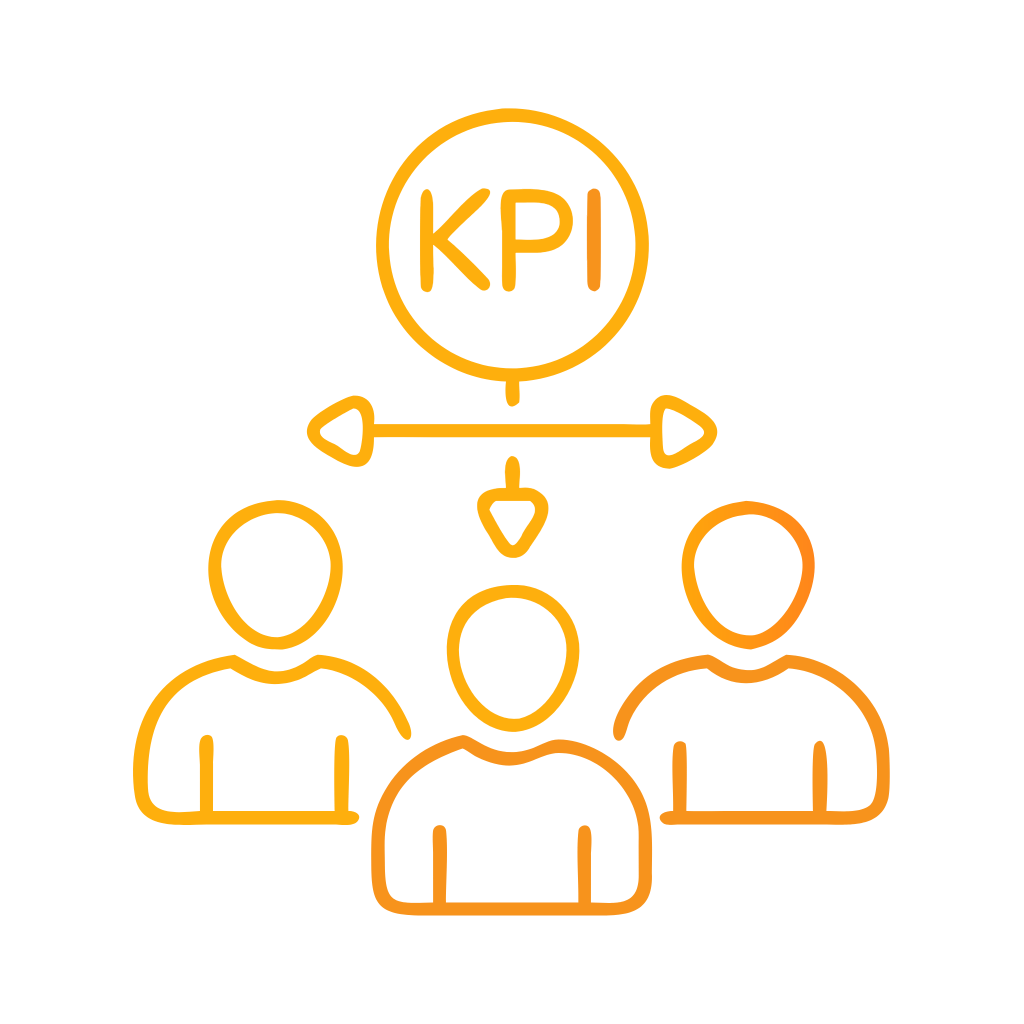Audit Your Feedback Channels: A Step-By-Step Workflow
Customer expectations rise every quarter. Yet many enterprises still make decisions on partial or distorted feedback. You may be “drowning in data” from surveys, social media, call logs and digital analytics, but still miss what matters most to customers.
A structured audit of your feedback channels closes this gap. It reveals where your Voice of the Customer (VoC) system is strong, where it is blind, and how to realign it with your strategy.
This article provides a step-by-step workflow you can use to audit your feedback ecosystem and turn scattered signals into reliable, actionable insight.
1. Define the Problem: Are You Hearing the Whole Customer Voice?
Most large organisations face similar issues:
- Fragmented sources: Surveys, complaints, social media, NPS, app reviews, UX research and agent notes all live in separate systems.
- Biased samples: Feedback over-represents angry customers and “brand fans”, and under-represents the silent majority.
- Lagging indicators: You find out about issues weeks after they damage loyalty or revenue.
- Low trust in metrics: Executives question NPS or CSAT trends because they conflict with financial or operational data.
- Weak link to action: Frontline teams and product owners do not see how feedback connects to priorities and investment.
The result: slow, reactive decisions and missed opportunities for service transformation.
You need a simple question to guide the audit:
“Does our current feedback system reliably show us the experiences that most drive customer behaviour and business results?”
If you cannot answer “yes” with confidence, an audit will help.
2. Insight: Treat Feedback as a System, Not as Isolated Channels
The root issue is not lack of data. It is that feedback channels are often launched in isolation: a survey here, a social listening tool there, a new UX lab study next quarter.
Without a system view, you get:
- Overlap: Multiple surveys ask the same customers the same questions.
- Gaps: Critical journeys such as onboarding or cancellation lack structured feedback.
- Noise: High-volume, low-value feedback hides rare but high-impact issues.
- Disconnection: Operational leaders see tickets and handle time; UX sees usability issues; Marketing sees brand sentiment; Finance sees churn. No one owns the whole picture.
The insight:
You must map and manage feedback as an integrated VoC system, tied directly to your key customer journeys and strategic outcomes.
The following workflow gives you a practical way to do this.
3. Step-By-Step Workflow to Audit Your Feedback Channels
Step 1: Anchor on Strategy and Outcomes
Before you assess any channel, clarify what the feedback system must help you achieve.
Actions:
- List your top 3–5 strategic outcomes
- Reduce churn in key segments
- Improve digital self-service adoption
- Increase first-contact resolution in the contact centre
-
Grow share of wallet in priority products
-
Identify the customer journeys that matter most to these outcomes
Typical examples: - Onboarding / activation
- Service request and support
- Billing and payment
- Incident and complaint handling
-
Renewal, upgrade, and cancellation
-
Define the behaviours you want to influence
- Stay longer
- Buy more
- Use digital first
- Recommend to peers
This creates a clear frame: your feedback channels exist to explain and influence these journeys and behaviours.
Step 2: Create a Feedback Inventory
Next, document every way customers currently “talk” to you, whether you call it VoC or not.
Include both structured and unstructured sources:
- Solicited feedback
- Relationship NPS / CSAT surveys
- Transactional surveys (post-contact, post-purchase, post-claim)
- UX research, interviews, usability tests
-
Focus groups and panels
-
Unsolicited feedback
- Complaints and compliments
- Contact centre call notes and call recordings
- Chat and messaging transcripts
- Email and web form submissions
- Social media posts and reviews
-
App store and marketplace reviews
-
Behavioural signals (implied feedback)
- Drop-off points in journeys
- Repeat contacts within a time window
- Escalations and transfers
- Early churn or downgrades
For each source, capture:
- Owner (team and leader)
- Tool / platform used
- Frequency and volume of data
- Customer segments covered
- Journeys or touchpoints covered
- Metrics produced (e.g., NPS, CSAT, sentiment, complaint types)
- How and where the data is reported or used
This inventory is the first major outcome of the audit. It often reveals immediate issues: duplicated surveys, orphaned listening posts, or channels no one owns.
Step 3: Map Feedback to Journeys and Segments
A VoC system has value only if it helps you understand who experiences what along key journeys.
Actions:
- Build a simple journey vs. channel matrix
- Rows = key journeys (onboarding, support, billing, etc.)
- Columns = feedback sources
-
Mark where you currently collect feedback.
-
Identify obvious gaps and overlaps
- Journeys with no direct customer feedback.
- Journeys that rely only on complaints (silent majority not visible).
-
Journeys where customers receive multiple surveys from different functions.
-
Layer in customer segments
- Mark which segments are visible in each channel: high-value, vulnerable, new customers, digital-only, etc.
- Identify segments over- or under-represented.
Example:
You may find your “digital transformation” programme relies on feedback from phone surveys and call complaints, but collects no structured feedback from in-app journeys or web self-service. That means you are optimising traditional channels, not the digital future you want.
Step 4: Assess Quality, Bias and Timeliness
Not all feedback is equal. Some channels are rich, real-time and representative. Others are noisy, biased or slow.
Evaluate each channel across four dimensions:
- Coverage
- Does it reach enough customers in key journeys?
-
Are important segments missing?
-
Representativeness
- Are responses skewed to promoters or detractors?
-
Do customer demographics, tenure and value match your base?
-
Signal strength
- Does the feedback explain “why” experiences succeed or fail, not just a score?
-
Is there enough detail for teams to act (e.g., text comments, call reasons)?
-
Speed to insight
- How quickly can leaders see emerging issues?
- Is feedback near-real-time, weekly, or quarterly?
Practical example:
You may discover that:
- Your relationship NPS is quarterly, has low response rates in key B2B accounts, and is too slow to support monthly operational decisions.
- Your call centre transcripts, on the other hand, provide immediate, high-volume insight into failure demand, but are not analysed systematically.
This shows where to dial up, down, or redesign channels.
Step 5: Diagnose Governance and Action Loops
Feedback without action breeds cynicism. C-level leaders should ask:
- Who owns the VoC system end-to-end?
- How are insights prioritised and translated into decisions, roadmaps and process changes?
- How do we close the loop with customers and frontline teams?
Assess three levels of action:
- Frontline and team level
- Do contact centre leaders and UX teams receive timely, specific feedback about their area?
-
Do they have authority and tools to act on it?
-
Cross-functional level
- Are there regular forums where product, service, operations, digital and marketing review feedback together?
-
Do they agree on priorities and owners for systemic issues?
-
Executive level
- Are VoC metrics and insights integrated with financial, operational and risk dashboards?
- Are key customer journeys and their feedback indicators discussed alongside revenue and cost KPIs?
Red flag:
If feedback shows repeated issues (“billing confusion”, “on-hold too long”, “password reset failures”) quarter after quarter, the problem is not data; it is governance and execution. The audit should make this visible.
Step 6: Rationalise, Redesign and Integrate
With a clear view of the landscape, you can redesign your feedback system to be more focused and effective.
1. Remove or simplify low-value channels
– Retire redundant surveys that add fatigue but little insight.
– Consolidate overlapping questionnaires into shorter, journey-specific ones.
2. Fill high-impact gaps
– Add transactional feedback at critical moments (e.g., first 30 days, cancellation attempts, major incidents).
– Introduce passive digital feedback (e.g., simple “thumbs up/down” or single-question prompts in apps) to give voice to silent users.
**3. Integrate listening across channels































